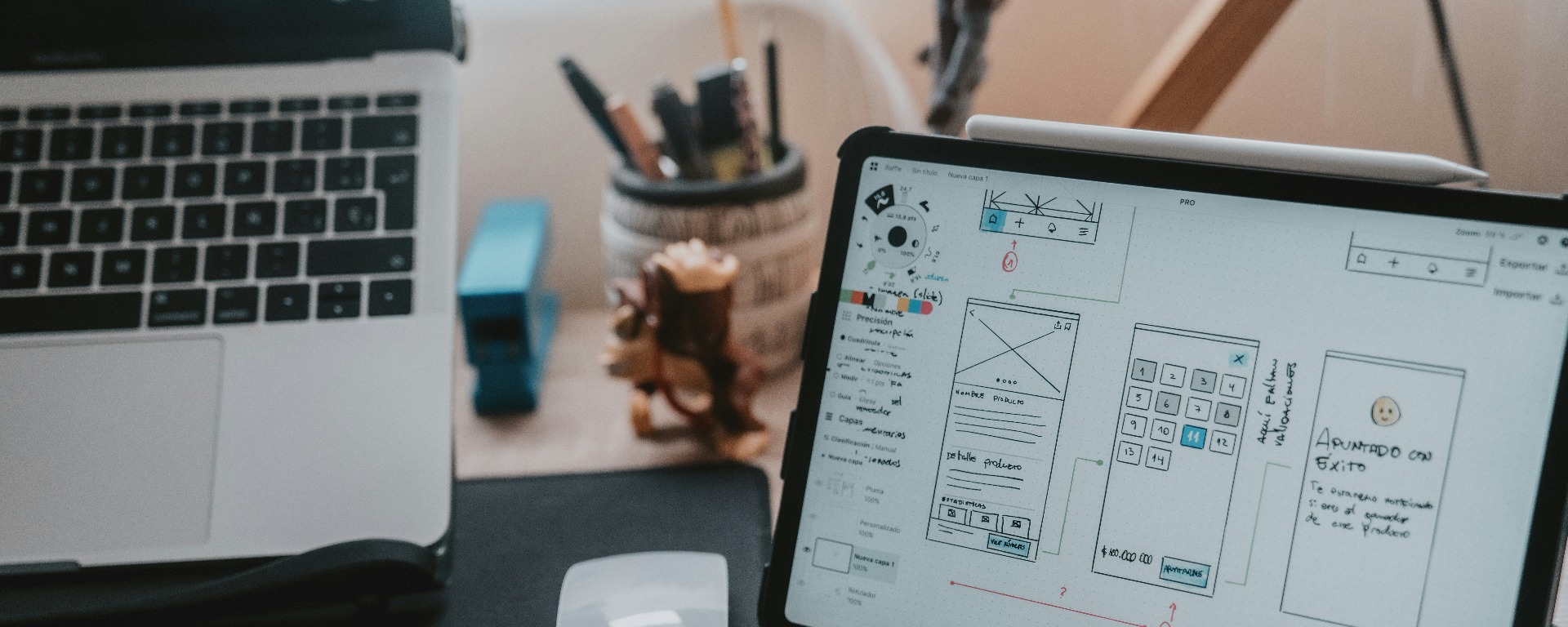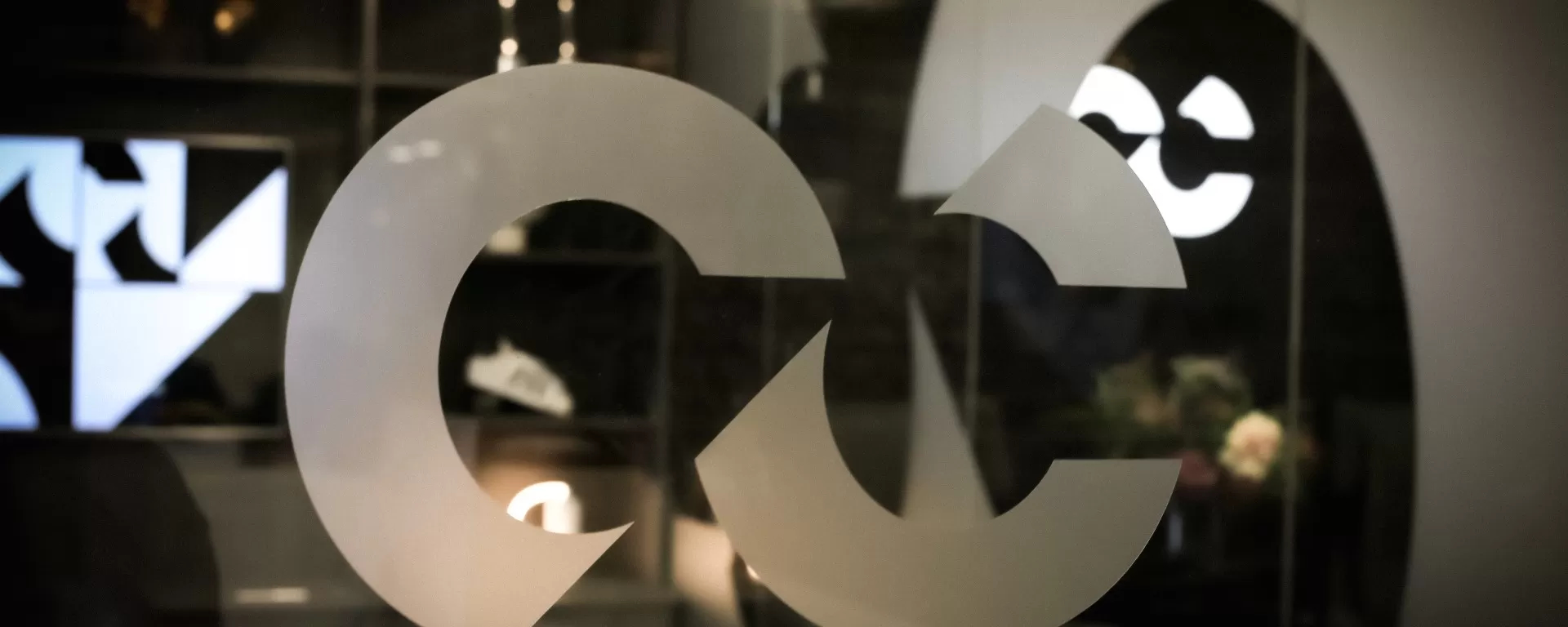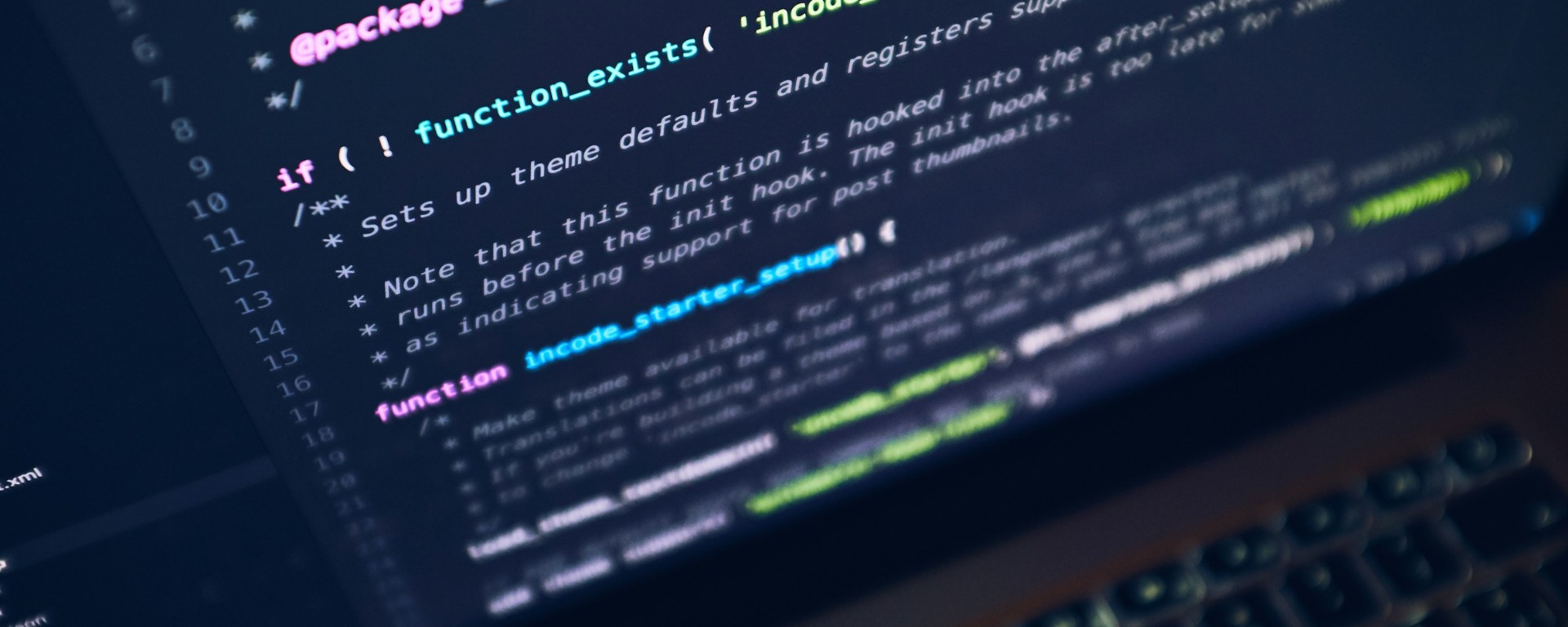What is multi-tenant architecture?
Multi-tenant architecture is a software architecture pattern where a single instance of the software application serves multiple tenants (clients or users), each with its own isolated set of data and configuration. In this model, tenants share the same application infrastructure and codebase, but their data is kept separate and secure.
Unlocking the power of multi-tenant application
In today's dynamic business environment, agility is paramount. Multi-tenant architecture offers a revolutionary way to leverage shared infrastructure while maintaining distinct data isolation and customisation for each tenant. This approach not only reduces operational costs but also accelerates time-to-market, empowering you to stay ahead of the competition.
Get startedWhat are the benefits of multi-tenant architecture?
Multi-tenant architectures offer benefits such as cost efficiency, scalability, resource optimisation, simplified maintenance and upgrades, customisation and personalisation, enhanced security, and a quicker time to market.

Cost efficiency
By sharing infrastructure and resources among multiple tenants, the overall cost of hardware, software, and maintenance is reduced. This allows providers to offer services at a lower cost while maintaining profitability.

Scalability
Multi-tenant architectures are inherently scalable, as they can easily accommodate a growing number of tenants without significant changes to the underlying infrastructure. This scalability ensures that the system can handle increased demand and workload without sacrificing performance.

Resource optimisation
With multi-tenancy, resources such as CPU, memory, and storage are efficiently utilised across tenants. This optimisation minimises wastage and ensures that resources are allocated based on actual usage, leading to improved overall system performance.

Simplified maintenance and upgrades
Since there is only one instance of the software to manage, maintenance tasks such as updates, patches, and bug fixes are simpler and more streamlined. Changes can roll out changes to all tenants simultaneously, ensuring consistency and minimising downtime.

Customisation and personalisation
Despite sharing the same underlying infrastructure, multi- tenant architectures allow for customisation and personalisation of services for each tenant. This flexibility enables tenants to configure settings, workflows, and user interfaces according to their specific needs and preferences.

Enhanced security
Multi-tenant architectures typically include robust security measures to ensure data isolation and protect against unauthorised access. By segregating tenant data and implementing encryption and access controls, providers can maintain the confidentiality and integrity of sensitive information.

Faster time-to-market
With multi-tenant architectures, providers can rapidly deploy new features and functionalities to all tenants simultaneously. This agility enables faster innovation cycles and allows providers to respond quickly to market demands and competitive pressures.
Multi-tenant vs single-tenant
Multi-tenant architecture serves multiple clients from a single instance of the software application, optimising resource utilisation and scalability, whereas single-tenant application dedicates separate instances to each client, offering maximum isolation, control, and performance predictability.
The choice between the two depends on factors like scalability needs, customisation requirements, and security considerations.
Get started todayEssential considerations for multi-tenant architecture
Designing a multi-tenant architecture requires careful planning and consideration to ensure scalability, security, performance, and maintainability. Here are some essential considerations:
Data isolation
It is essential to ensure that tenant data is securely isolated from other tenants to maintain confidentiality and privacy. Strong access controls and encryption mechanisms should be implemented to prevent unauthorised access.
Scalability
Architecture should be designed to be horizontally scalable, allowing it to accommodate a growing number of tenants and handle increasing loads seamlessly.
Performance
Performance should be optimised to deliver a responsive user experience for all tenants. This involves caching frequently accessed data, optimising database queries, and leveraging content delivery networks (CDNs) for static assets.
Configuration management
Mechanisms for tenants to customise and configure their environment should be provided while ensuring that changes do not impact other tenants. User templates or profiles to manage configurations efficiently should be set up.
Security
Robust security measures to protect against common threats should as data breaches should be implemented. Authentication, authorisation, and auditing mechanisms to control access to resources must be employed.
Tenant onboarding and offboarding
The process of adding new tenants and removing inactive ones needs to be streamlined, with the automation of tasks such as configuring user accounts and allocating resources considered.
Monitoring and analytics
The multi-tenant environment must be monitored to review the health and performance in real-time. Logging and analytics tools allow for usage patterns to be tracked, highlighting issues.
Compliance
Regulatory requirements and industry standards must be followed, with data retention policies, encryption standards, and access controls meeting compliance obligations.
Upgrade processes
Regular maintenance activities such as software upgrades, patching, and database migrations should be planned to minimise downtime and disruption for tenants.
Multi-tenant architecture and SaaS
Multi-tenant solutions are a specific architectural approach commonly used in SaaS applications to efficiently serve multiple clients or tenants.
In a SaaS model, the provider hosts a single instance of the software application, which is then accessed by multiple tenants as a service. Multi-tenancy allows the provider to serve these tenants from a single shared infrastructure while ensuring that each tenant's data and configurations are isolated and secure.
What we offer

Our team of experienced developers utilise best practices to build bespoke multi-tenant architecture solutions to meet your business needs.

By consolidating resources and sharing infrastructure, multi-tenant architecture significantly reduces your IT overheads. You can achieve more with less, maximising your return on investment.

Our optimised architectures are engineered for maximum performance.

Whether you're experiencing rapid growth or seasonal fluctuations in demand, our approach to multi-tenant architecture offers scalable solutions that effortlessly adapt to your evolving needs, ensuring seamless performance.

With robust data isolation mechanisms and industry-leading encryption standards, we safeguard your sensitive information against external threats.
What to expect from Clevercherry
Unlock the full potential of multi-tenant architecture. Whether you're migrating from legacy systems or building from scratch, our seasoned experts are here to guide you every step of the way.
Don't let outdated infrastructure hold you back. Embrace the future of digital innovation with our digital agency’s multi-tenant architecture solutions.
Find out more about our web design services including UX and UI design, website development services, SaaS, security and maintenance, web-based applications, and hosting.
Interested in our other services? We have a range of digital marketing services including SEO, social media marketing, CRO, content marketing, email marketing, PPC, and PR. We also offer brand and design services including brand identity, rebranding, exhibitions and interiors, online and offline design, and animation.
Related services
Fancy finding out more? Check out our related services.







